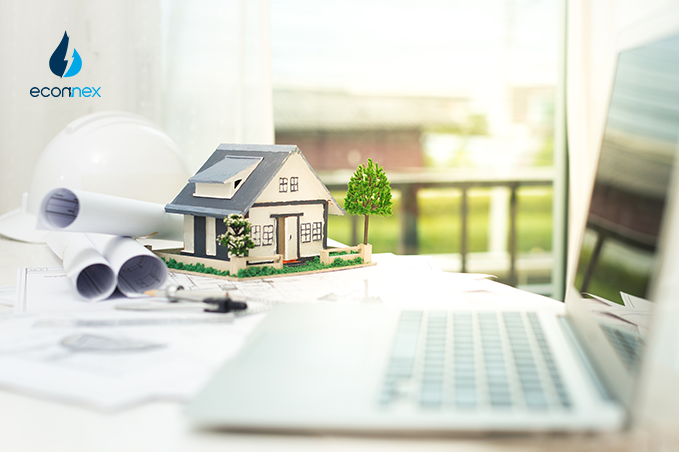Building a new house? Don't overlook electrical considerations! Ensure safety and efficiency with these essential tips.

Published on 26/07/2023
By Rajesh Kumawat
Energy Comparison
Building a brand-new home is surely exciting. From pouring the foundation to interior designing until the project is completed, is a fulfilling achievement. But before you get to that stage, there are many things to consider for a gigantic project like building a house such as electrical requirements.
Electrical requirements are one of the crucial elements which cannot be overlooked when building a new house. If not done right, the consequences might be from mere headaches to health problems and safety hazards. So before constructing your dream house, here are a few things you need to know about powering your brand-new home.
A majority, even the kids are aware that electricity is very dangerous. 62% of all recorded electricity-related accidents in the last decade are due to a poor understanding of electrical safety.
If you are not completely sure about dealing with electricity, it’s better to hire trained professionals to do the job for you rather than risk accidents/injury.
You may be thinking about how many rooms you’ll build, the floor designs, the color of walls or sets of furniture you’re going to buy, but it’s necessary to first determine the position of electrical outlets and wirings.
Get a copy of your house plan and plot where the furniture and devices will be placed. That way it will be easier for you or your electrician to position the power outlets, cables, and wiring inappropriate places.
It is important to understand that your electrical systems like lighting outlets, lighting control systems, and some appliances are hard-wired. You should know the specifics of what you’re buying and installing before doing so. It needs to be the right size to match the needs of the people living in the house. Typically, 100 to 200 amps are enough for a standard-sized house.
There are 3 different wiring systems. These are lead-sheathed wiring, surface conduit wiring, and concealed conduit wiring. Concealed wiring is the most popular among these as it involves hiding the circuits and wirings behind the walls and plastering. Be sure to consult a professional about which option is best for the house you’re building.
In the modern day, where advanced technology is everywhere, many choose to have large systems of audio-visual equipment for entertainment purposes, a home-based office, and an advanced kitchen or even just a laundry.
If you’re considering it, it’s wise to have an advanced wiring system in your home to avoid power shortages that can damage your appliances.
Old-fashioned switches and power outlets are fine to use, but the creative and advanced light switch is a better option. For example, LED-based control panels are far more appealing than a standard analog flick switch. For your power outlet, instead of a regular outlet, you can install USB charging ports into walls to charge devices that power via USB, such as smartphones. Your bedroom may also benefit from dimmer lights or ones that can be filtered.
When it comes to electricity, expensive bills, and negative environmental effects are a major concern. That’s why you should consider installing a control system to conserve energy in operating the air conditioning, regulating the swimming pool, and controlling the ventilation panels when you’re not at home. Remotely, controlling the lighting system can definitely save you money and be quite helpful from a security perspective.
People are more meticulous with their indoor planning. After all, that’s where you’ll be most of the time. But, the garage, garden, and backyard must not be ignored. Planning is a big part of home construction and the inside is no different than the outside. It’s a good idea to include your outdoor place in the house plan. In the garden, think how much light you’ll need; whether footlights, overheads, or proximity sensors are to be considered.
Keep in mind that the electricity wiring must be installed right after the house frame is constructed. This will allow more room for changes in case you’ll have a few in the future. Also, be sure to consider a more flexible design if ever you plan to renovate or expand the house in the future.
And remember, plan slowly to ensure your SAFETY!



